Introduction:
Slipped disk, also known as herniated or ruptured disk, is a common condition that affects the spine. It occurs when the soft gel-like material inside the disk pushes through a weakened area of the disk’s outer layer, causing pain and discomfort. While slipped disk can be a debilitating condition, the good news is that there are non-surgical treatment options available that can help alleviate the symptoms and promote natural healing. In this article, we will delve into the various non-surgical treatment approaches for slipped disk, including lifestyle modifications, physical therapy, pain management techniques, and alternative therapies.
Understanding Slipped Disk
What Causes Slipped Disk?
- Explanation of the anatomy of the spine and intervertebral disks
- Factors that can contribute to the development of a slipped disk, such as age, genetics, and repetitive stress injuries
- How sudden trauma, such as lifting heavy objects improperly or a fall, can also cause a slipped disk
Common Symptoms of Slipped Disk
- Description of the typical signs and symptoms of a slipped disk, including back pain, sciatica, numbness or tingling in the legs or arms, muscle weakness, and changes in bowel or bladder function
- Emphasis on the importance of seeking medical attention if any of these symptoms are present
Non-Surgical Treatment Options for Slipped Disk
Lifestyle Modifications
- The role of lifestyle modifications in the management of slipped disk, such as maintaining proper posture, avoiding prolonged sitting or standing, and engaging in regular exercise
- Importance of weight management and healthy nutrition in supporting spinal health
- Tips for incorporating these changes into daily life
Physical Therapy
- Explanation of how physical therapy can help in the treatment of slipped disk, including strengthening exercises, flexibility exercises, and techniques to improve posture and body mechanics
- Information about the different modalities used in physical therapy, such as heat or cold therapy, ultrasound, and electrical stimulation
- Emphasis on the importance of working with a qualified physical therapist for an individualized treatment plan
Pain Management Techniques
- Overview of different pain management techniques that can be used to alleviate the pain associated with slipped disk, such as over-the-counter pain medications, prescription medications, and epidural steroid injections
- Explanation of the benefits, risks, and potential side effects of each pain management option
- Importance of following the guidance of a healthcare professional and not self-medicating
Alternative Therapies
- Discussion of alternative therapies that can complement traditional treatment approaches for slipped disk, such as chiropractic care, acupuncture, and massage therapy
- Explanation of how these therapies may help in reducing pain, improving mobility, and promoting overall well-being
- Caution about the need to consult with a qualified practitioner and ensure the safety and efficacy of these therapies
Home Remedies and Self-Care for Slipped Disk
Hot and Cold Therapy
- Explanation of how applying heat or cold to the affected area can help reduce pain and inflammation associated with slipped disk
- Tips on how to properly use hot or cold packs and when to use each modality
Exercise and Stretching
- Description of specific exercises and stretches that can help strengthen the muscles around the spine, improve flexibility, and alleviate pain
- Importance of consulting with a healthcare professional or physical therapist to determine the appropriate exercises and modifications for individual needs
Ergonomics
- Tips on how to create an ergonomic environment at home or work to reduce strain on the spine, including adjusting chair height, using an ergonomic chair or cushion, and positioning the computer monitor at eye level.
Stress Management
- Explanation of how stress can contribute to muscle tension and exacerbate slipped disk symptoms
- Discussion of stress management techniques such as relaxation techniques, meditation, and deep breathing exercises
- Importance of incorporating stress management practices into daily routine to support healing and reduce pain
Sleep and Rest
- Emphasis on the importance of getting adequate sleep and rest for the body’s natural healing processes
- Tips on how to create a comfortable sleep environment, such as using a supportive mattress and pillow, and maintaining proper sleep posture
- Importance of avoiding activities that exacerbate slipped disk symptoms before bedtime
Prevention and Maintenance
Maintaining a Healthy Lifestyle
- Emphasis on the importance of maintaining a healthy lifestyle to prevent recurrent slipped disk episodes
- Tips on maintaining a healthy diet, regular exercise, proper posture, and avoiding smoking and excessive alcohol consumption
- Discussion of how these lifestyle choices can promote spinal health and reduce the risk of slipped disk
Regular Physical Activity
- Explanation of how regular physical activity, such as low-impact exercises like walking or swimming, can help strengthen the muscles supporting the spine and promote flexibility
- Tips on incorporating regular physical activity into daily routine and consulting with a healthcare professional before starting any new exercise program
Body Mechanics and Posture
- Importance of maintaining proper body mechanics and posture during daily activities to reduce strain on the spine.
- Tips on how to lift heavy objects correctly, maintain good posture while sitting, standing, and sleeping, and avoid repetitive movements that can strain the back.
- Explanation of how these simple adjustments in body mechanics and posture can prevent slipped disk episodes.
Regular Check-ups and Monitoring
- Importance of regular check-ups with a healthcare professional to monitor spinal health and identify any potential issues early on
- Discussion of how routine screenings, such as X-rays or MRI, can help detect any changes in the spine and guide appropriate preventive measures
- Tips on maintaining open communication with healthcare professionals and seeking medical attention promptly if any new symptoms arise
Conclusion:
In conclusion, slipped disk can be a painful and debilitating condition, but there are various non-surgical treatment options available that can help alleviate the symptoms and promote natural healing. Lifestyle modifications, physical therapy, pain management techniques, and alternative therapies are all viable approaches to managing slipped disk without resorting to surgery. Home remedies and self-care practices, along with preventive measures such as maintaining a healthy lifestyle, regular physical activity, and proper body mechanics, play a crucial role in preventing recurrent episodes of slipped disk. It is important to work closely with healthcare professionals, follow their guidance, and customize treatment plans based on individual needs. With the right approach, most people with slipped disk can find relief and regain their quality of life.



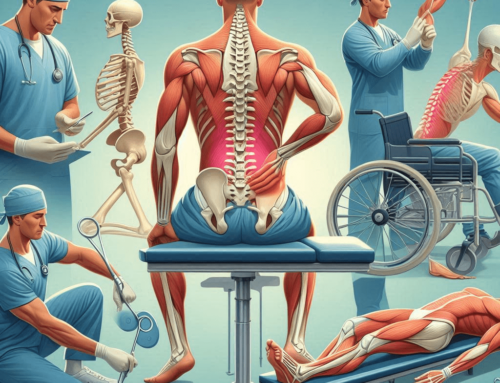
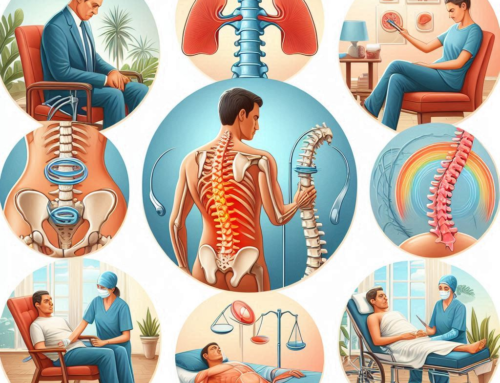
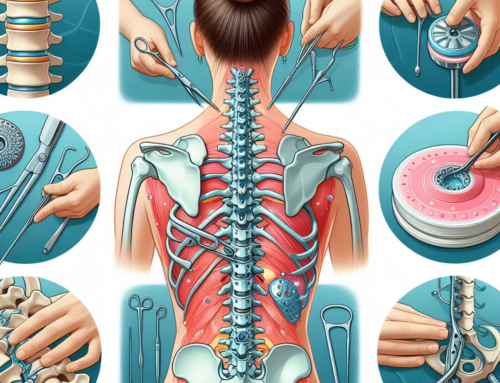
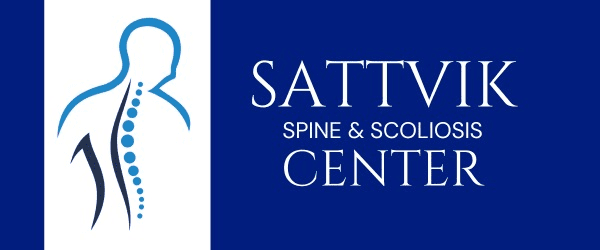



Get Social